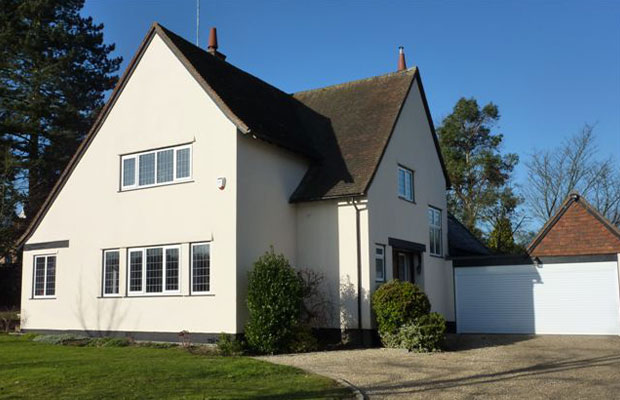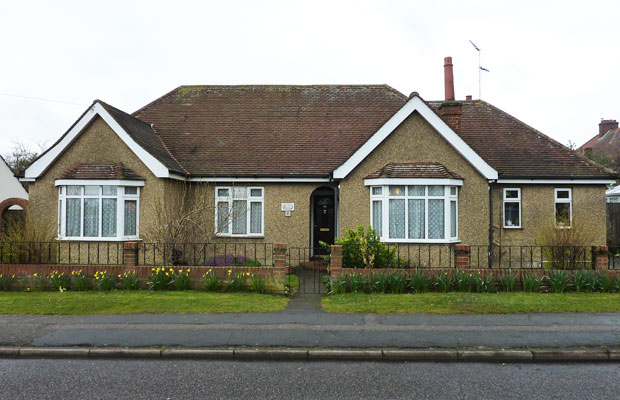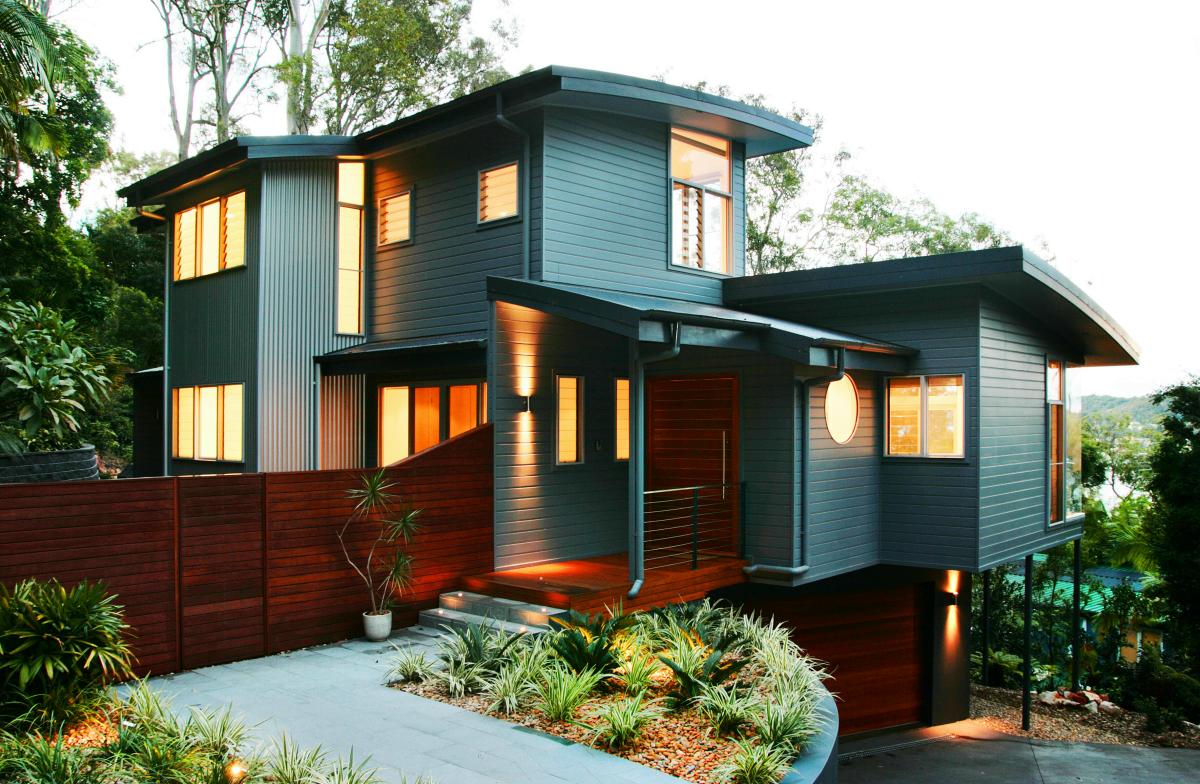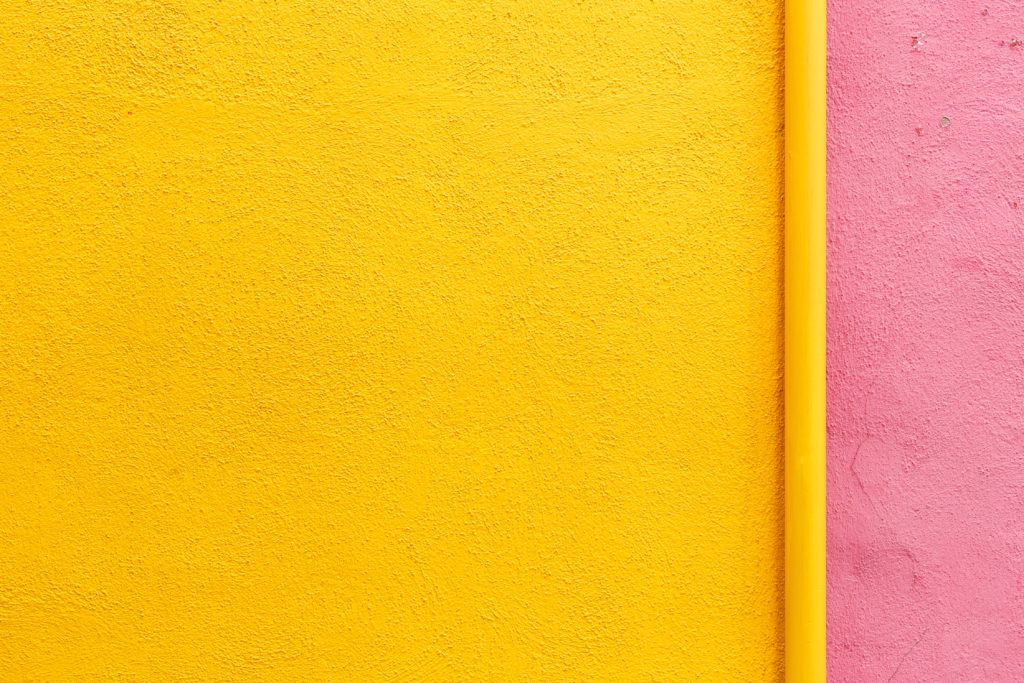
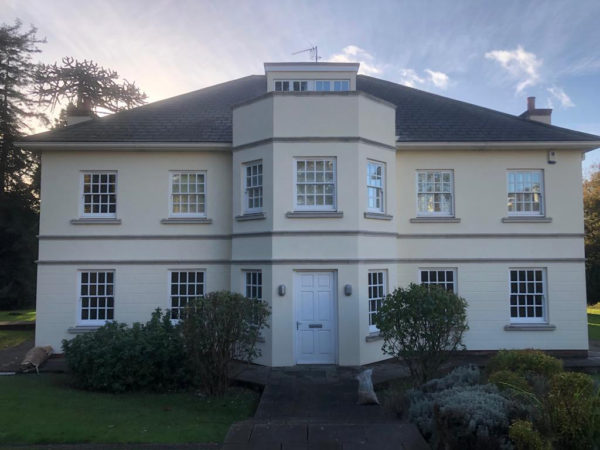
The latest external coating render materials are known as colored or through-colored renders. In layman’s terms, it indicates that the rendered product was blended with a color pigment throughout the production process. Consequently, the actual material gets colored all the way through, rather than merely putting as a top layer, as is the case with conventional rendering.
Using A Coloured Render Has Many Advantages
Depending on the product you pick, colored render offers a wide range of advantages. All through-colored renderings require low-maintenance and don’t need to be painted until you change your mind about the color.
Additional polymers in the manufacturers’ render systems make them more weather-resistant and long lasting. In addition, some of the silicone-based materials include increased water-proofing technology that is meant to keep the property dry while enabling it to ventilate.
What Are The Many Forms Of Coloured Render?
The colored render comes in four primary varieties, each branded by a different manufacturer.
- Rendering In Monochromatic Colour
A color pigment is added into the cement-based render known as Monocouche. Monocouche is derived from the French term for “single layer,” which translates to “one layer” in English as a one-coat render for brick or block construction. Applied by hand or machine, Monocouche is a high-quality render that produces a flat, crisp finish superior to standard render. Compared to other render techniques, it is more cost-effective and does not take much long to apply since it only requires single coat.
- Colored Silicone-Based Render
Silicone render is a kind of cement-based render that has been treated with silicone water repellants. Allowing water vapor to travel through the render, the silicone technology creates a water repellent surface that keeps it drier, making it more resistant to algae.
It’s a high-quality, contemporary rendering system that comes in various colors and has a natural-looking finish. Although long-lasting and hard-wearing, this sort of render is not crack-resistant, making it inappropriate for properties which are more exposed to cracks.
The scraped texture range includes 20 primary colors and new colors may be requested from a custom palette.
In addition, it is available as a thin coat render that may be applied directly to masonry or board systems. Compared to the scraped silicone renders, the light coat renders have a distinct appearance. Using the render in several thicknesses allows you to fine-tune the texture to your liking.
Silicone render, like monocouche, may also be used to create brick or stone-like effects.
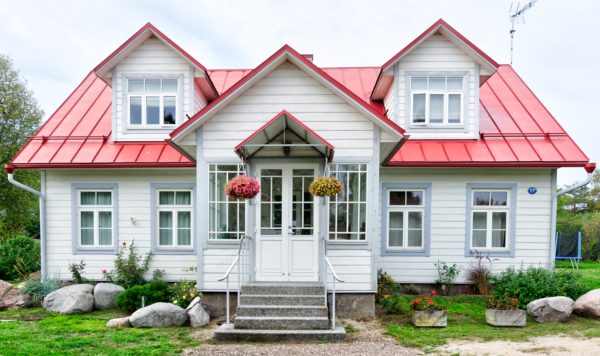
- Colored Render Made From Acrylic Or Resin
Another kind of colored render is acrylic. This resin-based render technique is weather-resistant, robust, and adaptable. It may be applied directly on masonry when used on certified board systems. Like monocouche and silicone-based renders, it may be completed with varied textures and is less prone to cracking than other render methods because of its flexibility.
This rendering style may also create darker and more vibrant colors, although it’s usually not used in combination with other materials. Using acrylic or resin renders on a building does not enable it to breathe, leading to condensation problems.
- Renderings Based On Minerals
Colored or uncoloured mineral-based renderings are available in today’s market. Because they dry quickly and don’t have the same difficulties as other systems, they are ideal for usage in cold weather or unfavourable weather.
To help with dirt resistance and the like, they may be combined with additional features from the manufacturer. Mineral render is an option for the buildings in a colder environment or damp weather.
Most Popular Color Schemes For Rendering
A broad range of colors is available for colored render, with some synthetic-based ones appearing in bright, eye-catching hues. Buildings such as schools, hospitals, and daycare centres may benefit significantly from using these attractive, vibrant colors.
However, a more conservative color scheme is preferable when painting their houses for most individuals.
A wide variety of special effect finishes may be created, including brick or stone-like appearances, which can be combined with other finishes to create a unique design.
Does Colored Render Have Any Drawbacks?
Apart from personal preferences on color and texture and the sort of property you want to depict, there are several factors to consider when deciding the style of finish to use. They all have one thing in common: they’re costlier than a standard sand and cement render, which is the biggest drawback.
Is A Colored Render System Something You’re Interested In?
In terms of preserving your home, current systems are unquestionably superior. They also give a complete appearance with minimum upkeep.
To make an informed decision about which render system is best for you and the property you want to use, you should always get expert guidance before making a final decision.
What Factors Should You Take Into Account While Selecting A Rendering Solution?
In addition to cost, care, and environmental considerations, each rendering technique has its own set of advantages and disadvantages.
For residential and commercial applications, Bwp Plastering Services Ltd has compiled a handbook describing various render varieties. Take a detailed look at the pros and cons of each to decide which is best for your situation.
- A Smooth Surface May Be Achieved With Sand And Cement
Advantages:
Because of the low cost of the raw ingredients, sand and cement are often the most cost-effective solution. If it is necessary to fix the render, it may be done so. Pebbledash and Tyrolean effects, for example, maybe generated.
Disadvantages:
Sand and cement may not be the most long-lasting alternative, and it will cost more to paint it during its lifespan.
This is ideal for those who are looking for small additions and renovations to older homes.
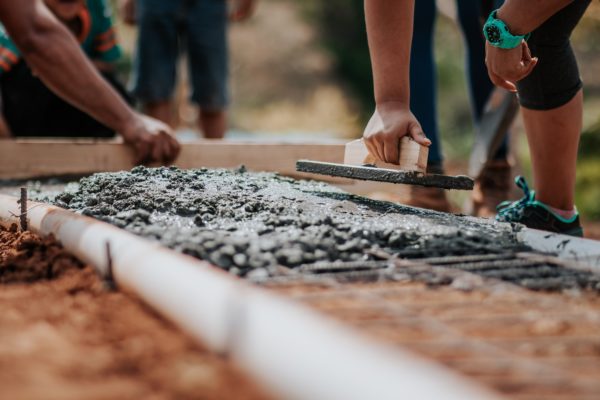
- Methods For Rendering Based On Silicone
It is a flat, water-resistant rendering system that is made of silicone.
Advantages:
Silicone-based rendering solutions enhance a building’s UV characteristics. They don’t need to be painted, and they’re simple to maintain. It is possible to apply silicone-based solutions to a wide variety of surfaces, and they come in various colors.
Disadvantages:
Due to the expense of the product, this is a more costly alternative. As a result, it is labor-intensive and hence not the most time-efficient method of completing the task. Only one smooth finish is available for silicone-based systems.
This is ideal for those who are looking for residential, commercial, and recreational developments, as well as block construction.
Conclusion
Home rendering is the process of applying cement render, acrylic render, silicone, monocouche, or another substance to an external wall. They’re done to keep the exposed brick and other building materials from eroding and breaking, which might lead to more costly upkeep and repairs.
Rendering is an option to preserve your house’s worth by making significant changes to its appearance. Compared to traditional cement-and-sand rendering processes, you have the option of either monocouche or silicone rendering, depending on your needs and budget.
